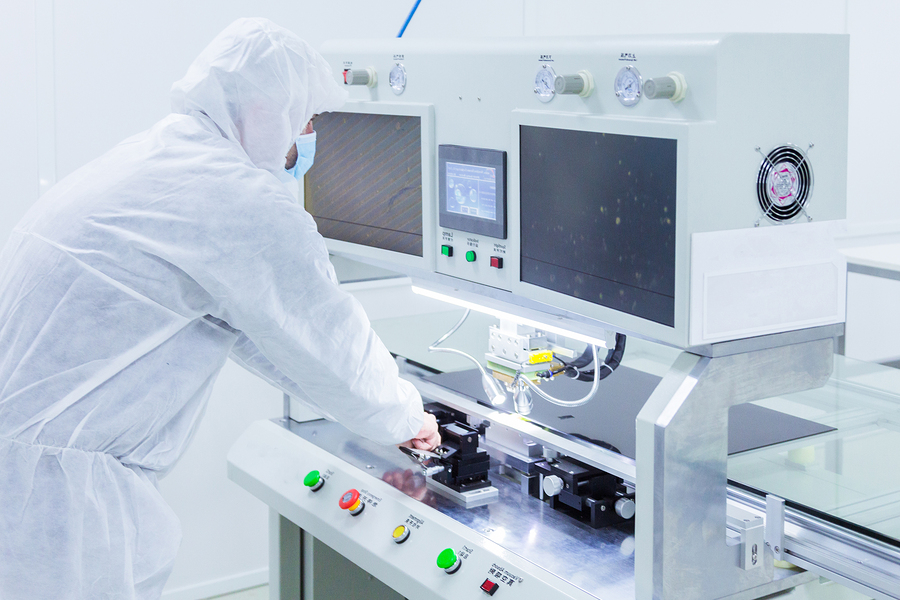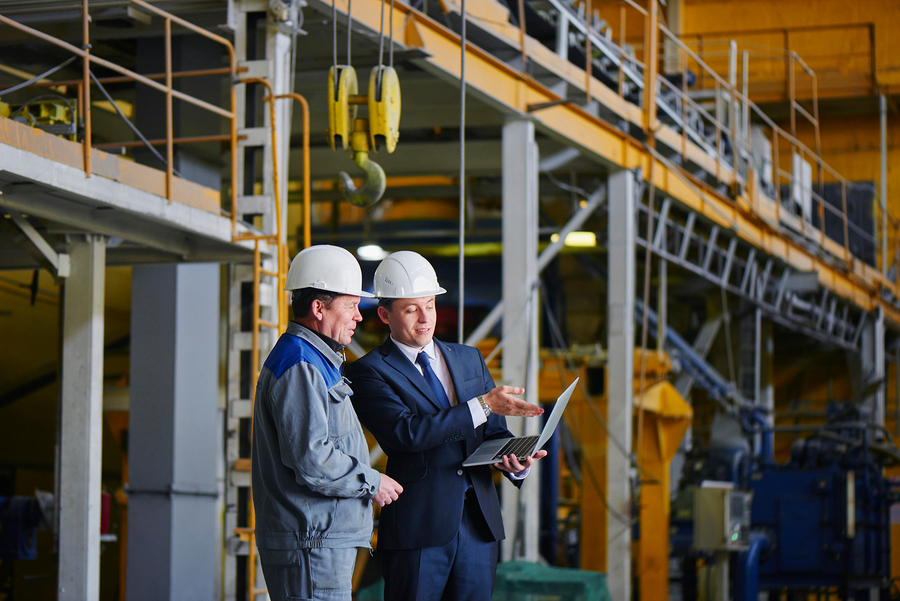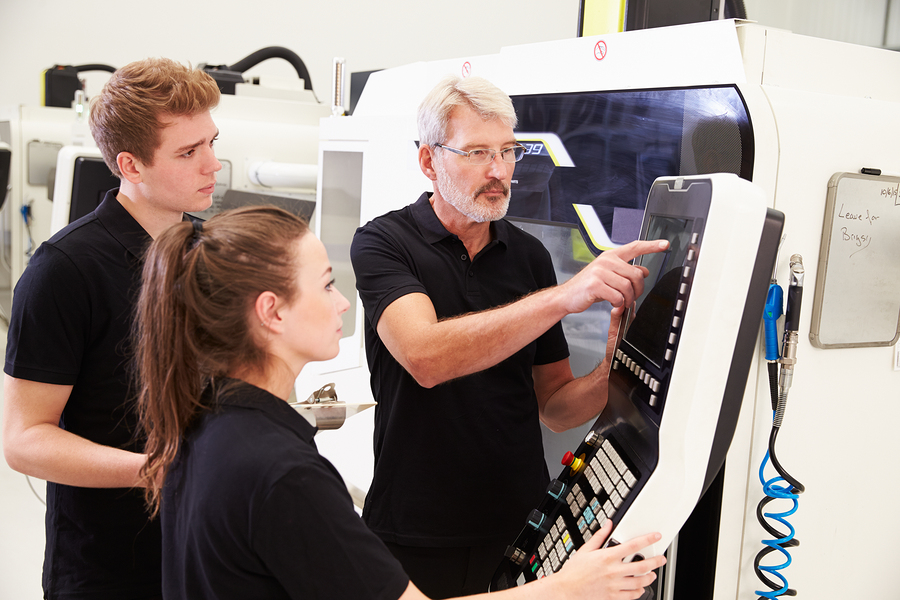Human machine interfaces (HMIs) sound like something out of a sci-fi movie. They bring to mind images of exoskeletons, holograms, and other things we’ve seen watching Hollywood blockbusters. But the reality of HMIs is much simpler and more practical than all that. And, as the Industrial Internet of Things (IIoT) continues to expand, HMIs are becoming more prevalent in modern manufacturing workplaces.
Understanding HMI technology
HMIs are simply defined as technologies designed to aid or improve a person’s ability to interact with machinery. Think of it like a bridge between human and machine that helps both perform their jobs better.
One of the simplest examples of an HMI is a touch screen interface. Instead of having to manually program a machine to perform a task via a series of checks and balances, a touch screen offers preprogrammed tasks manufacturers can select with a simple tap. A person taps the screen to select the task he or she wants the machine to perform, then the machine registers the correct process and does the job.
As manufacturing workflows continue to become more precise and automated, the demand for HMI technology has also grown. IIoT technologies are pushing the boundaries of HMIs to help humans do more work more quickly with better results.

What kinds of HMIs exist in manufacturing today?
Today’s HMIs are largely built around IIoT ecosystems. This means manufacturers are implementing automation wherever and whenever possible. Where it’s not possible, HMIs can augment human tasks to improve them as much as possible. Check out a few of the most prevalent HMIs in the manufacturing sector today:
- Data handlers — Assisting with data entry, data handlers automate data collection and display it so technicians and machine operators understand machinery condition and output efficacy.
- Push-button systems — Touch screens and the like are variants on push-button systems. These setups accommodate a series of human inputs — commands — and help machines execute tasks following those commands.
- Overseers — Similar to data-handling HMIs, overseers work on a more visual premise. Instead of raw data, overseers use graphical interfaces to relay data to humans who can adjust variables visually.
While some HMI technologies overlap, the uniqueness of how they connect human and machine is what distinguishes them.

HMIs as the future of a hybrid workplace
Simply put, some jobs exist that machines just can’t do by themselves. As IIoT tech automates more processes within the manufacturing workspace, innovations in HMI interfaces will likely continue to improve the bridge between machinery operators and their equipment. The result will almost certainly be workers who are better equipped to work in tandem with the automated processes around them.
In many other cases, jobs “lost” to automation will actually open the door for new jobs based on tasks involving HMIs. These workers may find technology-based positions using their insights, experience, and irreplaceable human characteristics in tandem with HMIs through IIoT-connected devices and automation.
A new manufacturing revolution is upon us — and it’s one driven by tech and automation. But what’s becoming clearer every day is the need for humans to be able to work together with machinery in a hybrid workplace that’s more efficient than ever before.
